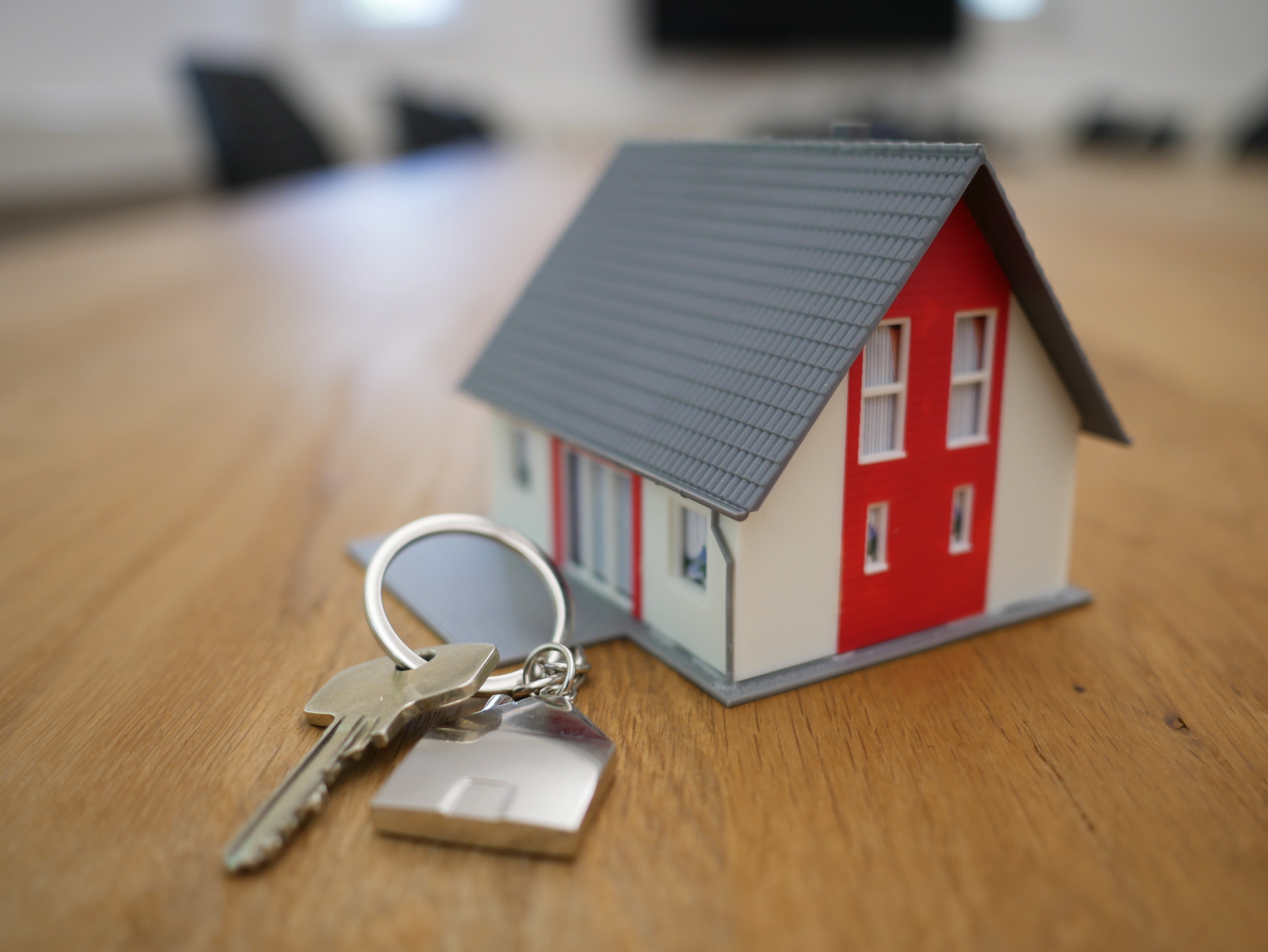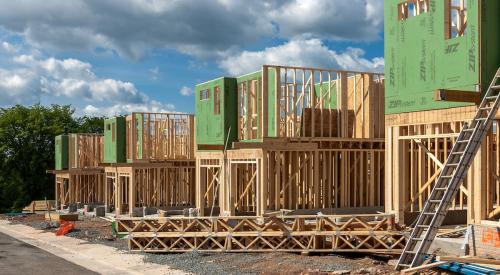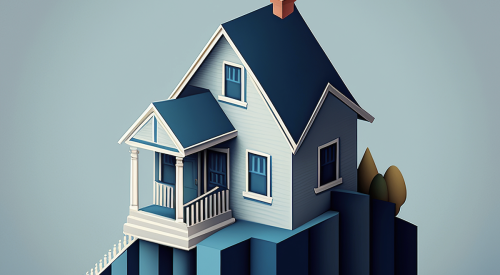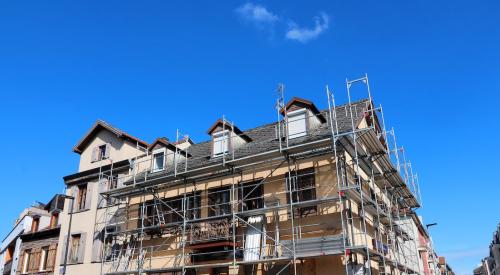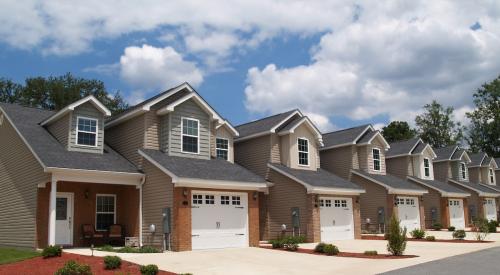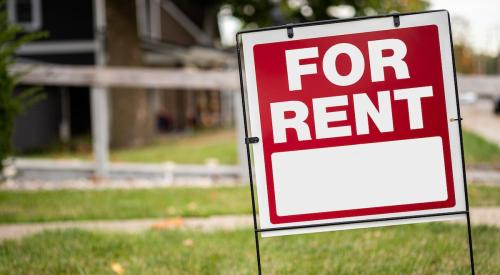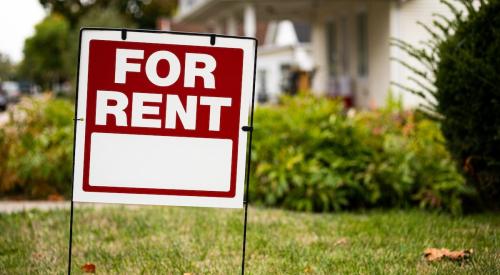How do homes that are built to rent differ from traditional for-sale single family homes? The National Association of Home Builders analyzed Census data to find out.
Second quarter data for 2019 reveal that approximately 42,000 homes were built-for-rent over the last year, representing about 5% of single-family construction. Though this figure continues to trend modestly higher as affordability headwinds generate demand for rental housing, the share of built-for-rent single-family homes remains a small percentage of the overall market.
NAHB analysis of Census data finds the following differences between for-sale and new single-family homes built-for-rent (SFBFR):
- SFBFR are typically smaller with fewer bedrooms and bathrooms.
- SFBFR are more likely to be a single-story building.
- SFBFR are seven times more likely to be a townhouse (single-family attached).
- SFBFR are more likely to be located on a smaller lot.
- SFBFR are almost all wood-framed.
- SFBFR are more likely to have a vinyl siding exterior and less likely to have stucco.
- SFBFR are more likely to have a one-car garage or no garage.
- The highest share and count of SFBFR construction is found in the West South Central Census division (Texas, Oklahoma, Arkansas and Louisiana).
- Although a small share of the total, SFBFR are more likely to be age-restricted.
- SFBFR are more likely to have a smaller construction permit value but have many units with permit values above $300,000.
- Average construction time is slightly longer for SFBFR homes.
